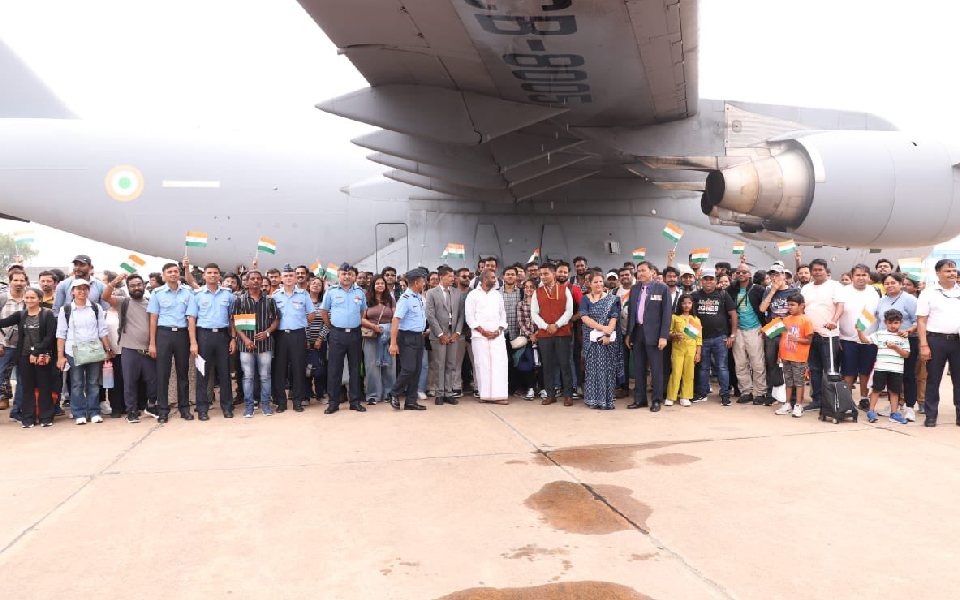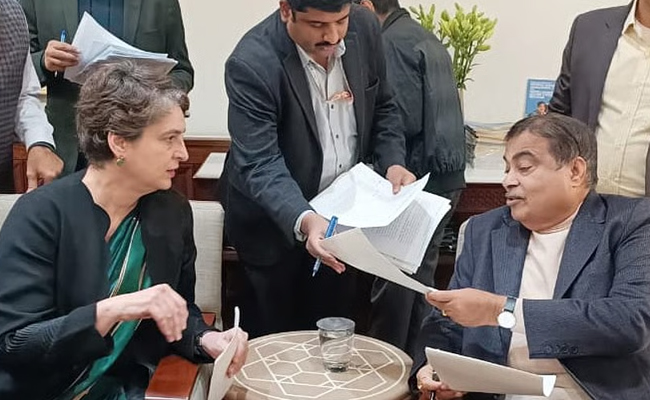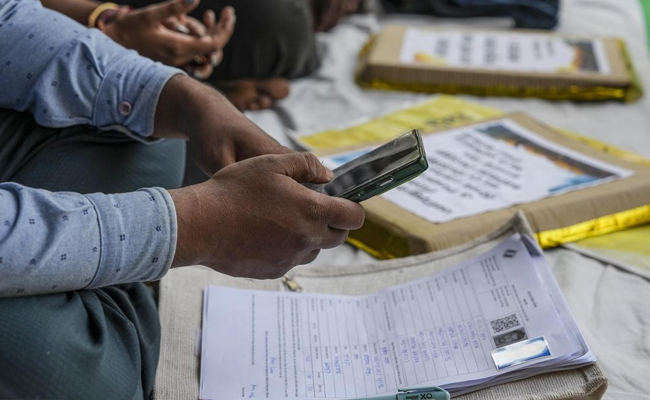Bengaluru, Jun 24 (PTI): Despite "complete and total ceasefire" being called for by US President Donald Trump, Iran-Israel conflict continues to create uncertainty for Indian nationals in the region, pushing the case for the continuation of Operation Sindhu.
A group of 51 people from Alipur village in Karnataka’s Chikkaballapura district returned home from Iran on Tuesday.
Of the 51 evacuees, the first group of 25 people have already arrived at the Kempegowda International Airport in Bengaluru.
One such returnee, Mir Asif, a student of Islamic Studies, told PTI Videos: “It was scary, but we are happy now that we are back.”
Syed Mohammed Razi, another returning Islamic Studies student, who has been living in Iran for six years now, said, “Although there was a lot happening in Tehran, in our city it was normal.”
Both the students thanked the Indian Embassy and Karnataka government for making it possible for them to return home.
Yet another student of Islamic Studies, Syed Ashraf said he and four of his family members decided to leave even though the situation was fine where they were staying in Iran. “But in general, it was not so good. So, we are glad that the Indian government decided to evacuate all of us. Happy to be back,” added Ashraf.
Alipur is a Shia Muslim-dominated village known for its strong cultural and religious ties with Iran. Over 100 people from here had gone to Iran -- most of them were students, while some were visiting family members or were engaged in business.
Immediately after Israel bombed Iran, the family members of those stuck in Iran had told PTI that most residents from Alipur, who were in various Iranian cities, have been moved to safer areas.
More people from Alipur are expected to come back home in the coming days.
Let the Truth be known. If you read VB and like VB, please be a VB Supporter and Help us deliver the Truth to one and all.
Wayanad/New Delhi (PTI): Congress MP from Wayanad Priyanka Gandhi Vadra on Friday said she met Union Minister Nitin Gadkari, seeking his intervention to expedite pending road infrastructure works in her constituency, including those aimed at addressing landslide issues at the Thamarassery pass.
Sharing photographs of the meeting on the social media platform 'X', Priyanka said Gadkari, the Union Minister for Road Transport and Highways, heard her concerns and sought updates from the relevant officials.
In her post, she expressed hope that the pressing issues she raised, which directly affect public safety and daily life, would receive the attention and urgency they deserve.
“Met respected Gadkari to raise issues concerning my constituency, Wayanad, and urged that pending works be expedited without further delay. He was kind enough to hear my concerns and get updates from the relevant officers,” she said.
ALSO READ: PM, Union ministers, Priyanka Gandhi, others meet Speaker Birla after Lok Sabha adjourned sine die
“I sincerely hope these pressing issues, which directly affect people’s safety and daily lives, will receive the attention and urgency they deserve,” she added.
A day earlier, Priyanka had sought an appointment with Gadkari in Parliament, saying she had been seeking an opportunity since June to discuss issues related to her constituency.
Responding to her request, the minister had said his doors were always open and that she could meet him at any time.
She subsequently met him at his office later the same day.
Met respected Shri @nitin_gadkari to raise issues concerning my constituency, Wayanad, and urged that pending works be expedited without further delay.
— Priyanka Gandhi Vadra (@priyankagandhi) December 19, 2025
He was kind enough to hear my concerns and get an update from the relevant officers.
I sincerely hope these pressing issues… pic.twitter.com/UkxnXP6gxn





